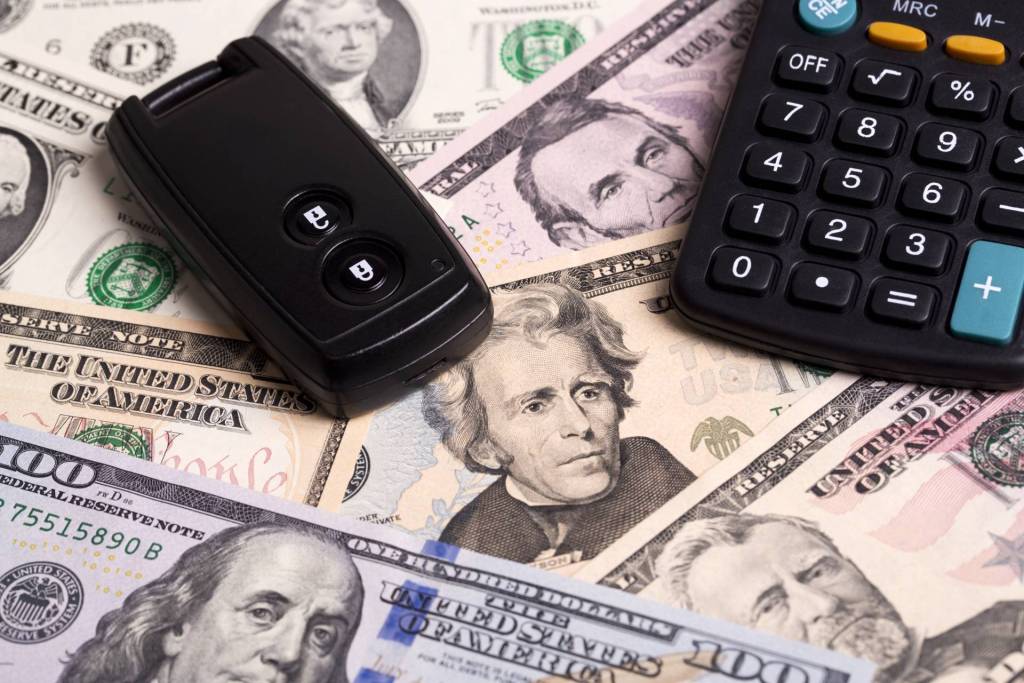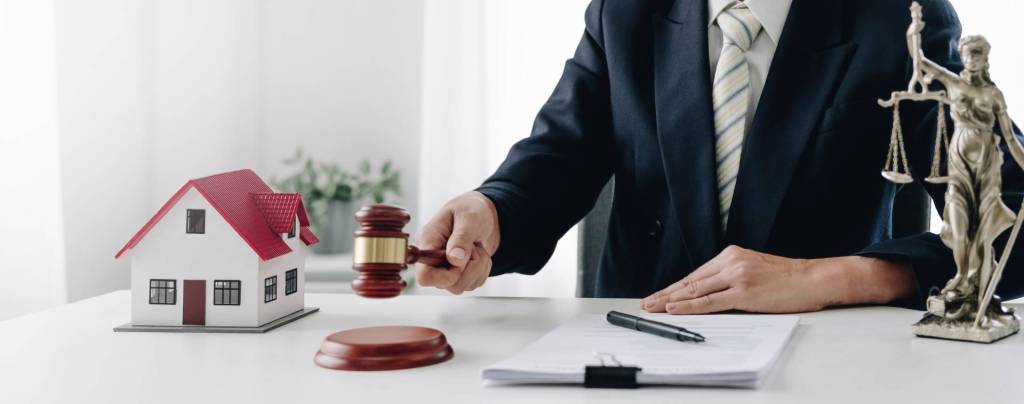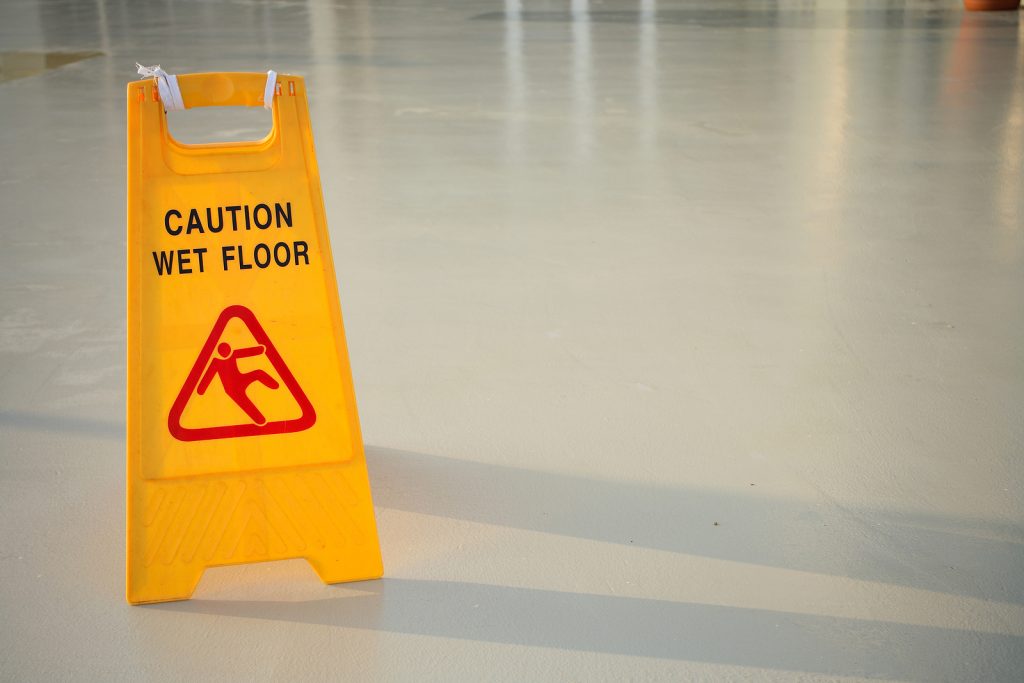If you are injured in a slip-and-fall accident on private property due to the property owner being negligent, you may be able to recover damages by bringing a premises liability claim [also called an occupiers liability claim] against the owner of the property. In that circumstance the Occupiers Liability Act would apply. Before doing so it would be helpful to review your options through the advice and representation of a Halifax slip-and-fall accident lawyer.
However, what is your recourse if you slip, fall and are injured on PUBLIC property? For example, what if you fell in a public park, on a public sidewalk, in a public school, public library, or in a government building? Will you be able to sue the “government” and recover compensation for your injury?
In many cases, the answer to that question will be yes. However, when you sue a city or a municipality, a number of rules, requirements, and deadlines apply that do not apply to injury cases involving private parties. For incidents involving falls on public roads and sidewalks the Occupiers Liability Act would not apply and resort would have to be made to the Municipal Government Act. In falls that took place in/on City buildings the Occupiers Liability Act would apply.
Keep reading to learn how to recover compensation if you slip, fall, and are injured – through no fault of your own – on public property in Nova Scotia.
How Are Public Property Injury Claims Handled?
As noted above, in Nova Scotia premises liability claims against a city or municipality are governed by Nova Scotia’s Municipal Government Act, which establishes the duty of municipalities to keep public buildings, parks, streets, and public sidewalks used by pedestrians reasonably safe.
Generally speaking, you may take legal action against a city or a municipality in Nova Scotia if you are injured because that city or municipality was negligent regarding the maintenance of property:
- owned by the city or municipality;
- operated by the city or municipality;
- under the jurisdiction of the city or municipality (including public sidewalks).
What Are the Causes of Slip-and-Fall Injuries?
Some slip-and-fall injuries are fleeting in their effect while others can result in injuries which are catastrophic or disabling. Slip-and-fall injury victims may sustain leg, neck, back, and brain injuries. When a slip-and-fall causes long-term or permanent disability as well as loss of income, the victim will need the maximum available amount of compensation to move forward in life.
Slip-and-fall injuries may be caused by wet or slippery floors, torn or curled-up rugs and carpets, uneven or broken sidewalks, poor lighting, and a number of other causes. In a slip-and-fall case arising from snowy/icy related areas, for example, these factors will be considered:
- the weather conditions leading up to and at the time of the injury;
- the length of time the dangerous conditions existed;
- the general condition of the public property where the injury happened.
What Steps Should You Take If You Are Injured on Public Property?
If you are injured on public property in a slip-and-fall accident first and foremost seek medical attention as quickly as possible. Immediately after an injury, obtaining medical help is the main priority.
After a slip-and-fall incident, even if you feel your injuries may heal up quickly, seek to have a medical examination within twenty-four hours if at all possible to properly understand your condition and also to document the fact you were injured and when. Some injuries remain latent meaning they exist but do not reveal the seriousness of their nature for some time for example a concussion. Without detection, a latent injury may develop into a serious and long lasting medical condition.
An immediate medical examination not only protects your health, but it also protects you legally. Without early medical attention, if you take legal action later, a question will arise as to whether you can link your injury directly to the specific slip-and-fall incident that injured you.
If you are able to do so take photographs of the area you fell to preserve the evidence and if there are people around who witnessed your fall obtain their name and contact information. After you’ve been examined and/or treated, contact a Nova Scotia slip-and-fall accident lawyer early for advice. In Nova Scotia those injured on public property must give notice of their claim. In Nova Scotia before you sue the Municipality you have to give 30 days prior notice of your intent to sue and you must sue within 12 months. It is always a good idea to give notice right away so the Municipality can investigate the area of the fall and preserve evidence.
What Will It Cost an Injury Victim to Win Justice?
A Halifax slip-and-fall accident lawyer works on a contingency fee basis, which means that an injury victim pays no lawyer fees until (and unless) your accident lawyer recovers compensation on your behalf with a settlement or a trial verdict.
Your first consultation with a Nova Scotia slip-and-fall accident lawyer is provided at no cost and with no obligation. It’s your chance to learn how the law applies to your case, to learn if you qualify to take legal action, and to receive the detailed, personalized legal advice you will need.
Make and store copies of your medical paperwork and any other documents generated by the accident and injury. Your premises liability lawyer will want to examine any evidence while it’s still fresh and question any witnesses before their memories fade.
What Else Will Your Premises Liability Lawyer Do?
The evidence you may need for a successful premises liability claim may include items from the scene of the slip-and-fall accident, documents including medical records, video or photographic evidence, and eyewitness testimony.
If your clothes were torn or bloodied in a slip-and-fall incident, do not wash them or toss them out. Your clothes may be evidence.
Your lawyer will help you file your Notice of Intended Action to sue and will help you meet the other deadlines and requirements for suing a Nova Scotia city or municipality. Your lawyer will then negotiate on your behalf for the best possible settlement offer.
However, if your claim is disputed or if no reasonable settlement offer is forthcoming in out-of-court negotiations, your lawyer will take your slip-and-fall injury case to trial and explain why you should be compensated and to what level of compensation you are entitled.
What Will It Take for Your Injury Claim to Prevail?
To prevail with a slip-and-fall injury claim against a Nova Scotia city or municipality, the injury victim and his or her lawyer must prove that:
- The city or municipality failed [or chose not] to provide adequate maintenance/inspection of the slip and fall area;
- The failure to provide the adequate maintenance/inspection was the direct cause of the injury;
- The victim sustained damages and should be compensated for those damages.
Victims should also understand when they are injured in whole or in part due to their own choices, they are assuming risk. It is a city’s responsibility to clear ice and snow from sidewalks but if the injured voluntarily chooses to run on icy conditions they knew existed or wore improper footwear they may not prevail in whole or in part with the injury claim.
If the injured did not immediately obtain a medical examination after becoming injured and have no other video or documentary evidence supporting the claim, a city or municipality may counter that the injury may have actually occurred somewhere else and not on public property.
What’s Important to Remember?
In summary, the most important things to remember if you are injured in a slip-and-fall incident on private or public property are to be seen immediately by a medical professional, photograph the area of the fall and discuss your case with a Halifax premises liability lawyer as quickly as possible.













